Maybe you're looking for a bike with Gravel We'd like to draw your attention to the importance of choosing the right drivetrain for proper riding on the road and beyond. With the right gear, you'll be able to maintain an ideal pedaling cadence throughout your outings.
Type of route, type of riding, difficulty of terrain, physical level, single or double drivetrain... Probikeshop helps you to choose the right drivetrain for your needs. choose the drivetrain best suited to your Gravel riding.
Why choose a specific Gravel drivetrain?
A central element on your Gravel bike, the transmission must combine several qualities: reliability, efficiency and durability. It must be able to cope with all types of terrain: rolling, slippery, brittle, technical, muddy...
More reliable, more efficient Gravel bike transmissions
It's perfectly possible to opt for a road bike drivetrain that's compatible with Gravel bikes. But a specially adapted system offers greater simplicity, reliability and efficiency. In short, it responds exactly to the constraints of the terrain and the discipline.
Specialist bicycle transmission brands offer 100% Gravel systems with optimized components. Visit derailleurs Gravel derailleurs combine road and mountain bike technologies. The design of Gravel levers is slightly different from road levers, to improve handlebar grip.
Gear ratios optimized for Gravel riding
The question of gear ratios is undoubtedly the most important. The average speed of a Gravel outing is lower than that of a road outing, and higher than that of a mountain bike outing. Compared to a mountain bike, a Gravel's front chainring is larger and the cassette's amplitude is reduced.
All brands offer Gravel drivetrains in single-plate or double-plate (Sub-Compact crankset) versions. You have a wide choice of combinations for chainring toothing and cassette sprocket amplitude and sprocket staging.
The choice of configuration (single or double) and gear ratios (chainring and cassette toothing) depends on your level of Gravel riding.
The main players on the Gravel drivetrain market: Sram, Shimano and Campagnolo
Here we find the essential brands of bicycle drivetrains: Sram, Shimano and Campagnolo. Shimano was the first to launch a 100% Gravel drivetrain, with its groupset GRX groupset released in 2019.
Shimano GRX
The SHIMANO GRX drivetrain is specially designed for trail riding. It's efficient, reliable, quiet and stable. It is available in single-plate and double-plate versions, with 4 range levels:
The GRX rear derailleur uses the Shadow RD+ chain stabilizer to limit chain jumping and rattling. The design of the levers has been revised to offer a 100% Gravel grip. The textured finish improves grip on the chainrings. The brake lever pivot point is repositioned 18 mm higher to facilitate caliper action.
Campagnolo Ekar
The Campagnolo Ekar transmission is the only one to offer a single-plate system with a 13-speed cassette! It's touted as the lightest drivetrain on the Gravel market.
The Campagnolo Ekar crankset comes with 4 chainring options:
The cassette Ekar 13-speed cassette is available in 3 versions:
Sram XPLR
The Sram XPLR drivetrain is a cable-free, wireless 12V single-plate system based on eTap technology and AXS connectivity. It uses exclusive components:
The Sram XPLR system incorporates the brand's best technologies, such as the X-Sync toothing, which guarantees optimum chain engagement. The Red XPLR derailleur features the Orbit system, a silicone-based hydraulic damper that helps reduce chain shake on difficult terrain. It also reduces parasitic noise. The eTap electronic transmission ensures fast, precise shifting.
Single-plate or double-plate crankset?
When it comes to choosing your Gravel drivetrain, the first (and most important) question is: single or double-plate?
The advantages of a single-plate crankset for Gravel bikes
There are a number of advantages to a single-plate drivetrain, starting with weight and ease of use. Eliminating the front derailleur and left-hand shifter saves a few grams on the drivetrain. Without the front derailleur, the bike binds less mud, leaves and twigs...
In the field, you only have one lever to manage, so you can concentrate fully on your riding. If your Gravel riding focuses on technical/engineered off-road routes, like mountain biking, the single-deck is an interesting solution. You'll be less likely to get lost in gear changes on transitions.
Be careful, however, with sprocket spacing and amplitude. With enlarged cassettes - up to 13 speeds - the mono-plateau is sufficient for relatively rolling and accessible routes. But if you have to cope with severe gradients, you may lack pedaling flexibility. More generally, single-deck bikes are best suited to riders with a good level of physical fitness.
The advantages of double-decks for Gravel riding
The first advantage of a double chainring is that it offers a wider range of development at both ends of the cassette. You'll climb more smoothly and find a suitable gear ratio on fast asphalt sections.
The double-plateau is an interesting choice for cyclists who have come to Gravel, but who keep the spirit of the Road. They'll be able to ride efficiently with the right gearing, and find the ideal cadence to climb demanding climbs with ease. In terms of mechanics, the double chainring also optimizes the chain line by avoiding the over-frequent use of external cogs.
In Gravel, the double chainring is recommended for multi-purpose routes, the most balanced between road and trail. It helps you find the right rhythm on steep terrain or long outings. bikepacking. This configuration is best suited to beginner or recreational Gravel riders.
Mechanical or electronic transmission?
Democratized on the RouteElectronic transmission offers several advantages: ease of use, precision and speed of execution. A simple press on the gearshift lever instantly changes the gear ratio. This ease of use is particularly appreciated on Gravel outings, when you need to tackle varied terrain with greater confidence. What's more, the electronic transmission simplifies maintenance and promises slower wear and tear on your equipment.
On the other hand, comfort and smoothness come at a cost: the price of an electronic transmission is the main obstacle to purchase. Electronic failure can also be a problem. But if you monitor your battery regularly, there's no reason to run out of power.
Découvrez tous nos conseils & Tutoriels
Gravel - Derailleurs
-
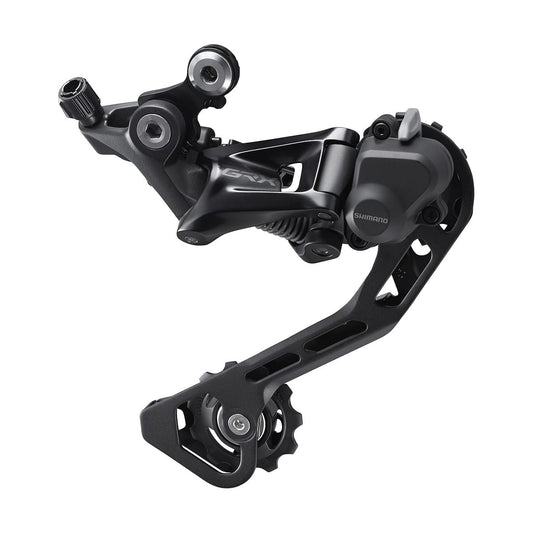
SHIMANO GRX RX400 10 Speed Rear Derailleur Long Cage
Regular price 49,99 €Regular priceUnit price per -
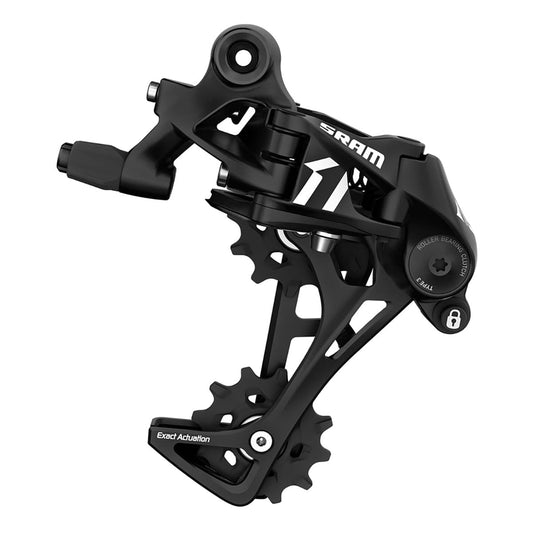
SRAM APEX 1 11V rear derailleur
Regular price 64,99 €Regular priceUnit price per -
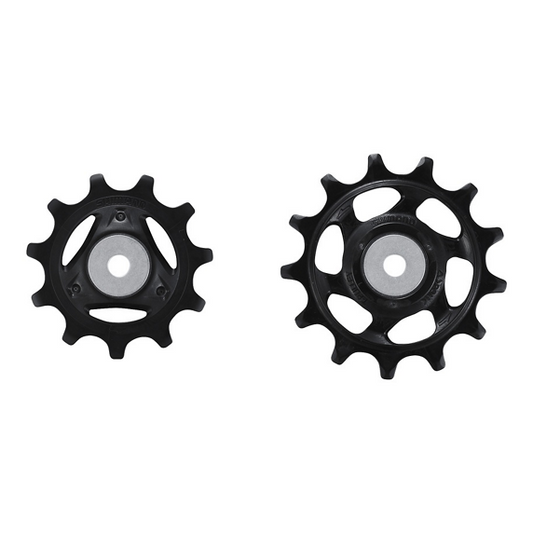
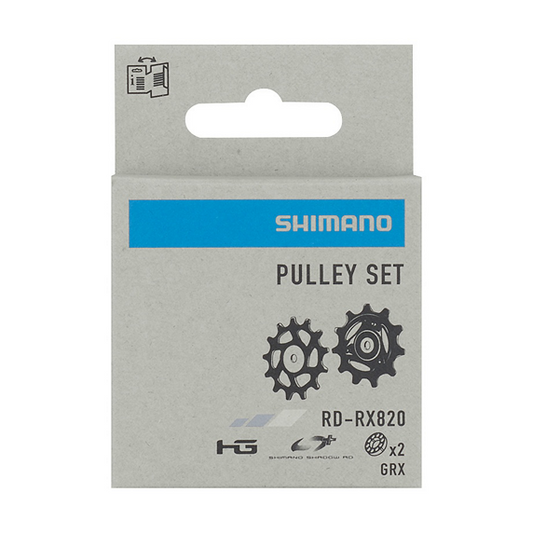
SHIMANO RX820/825 12 Speed Rear Derailleur Gears
Regular price 17,99 €Regular priceUnit price per -
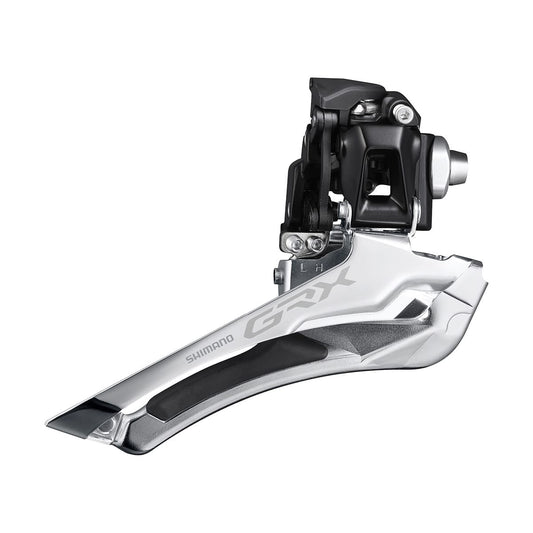
SHIMANO GRX RX400 2x10V Braze-on front derailleur
Regular price 34,99 €Regular priceUnit price per -
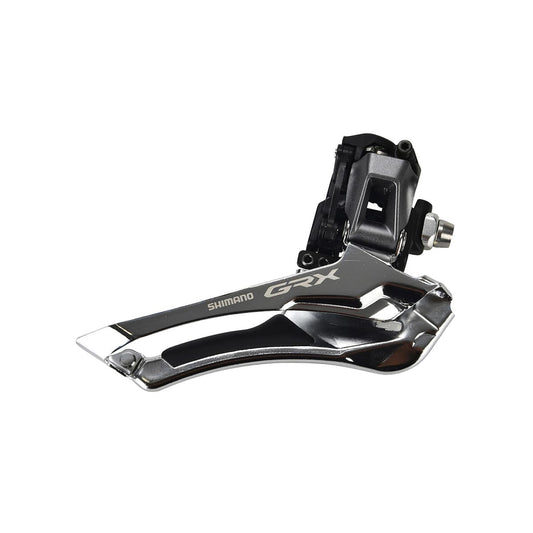
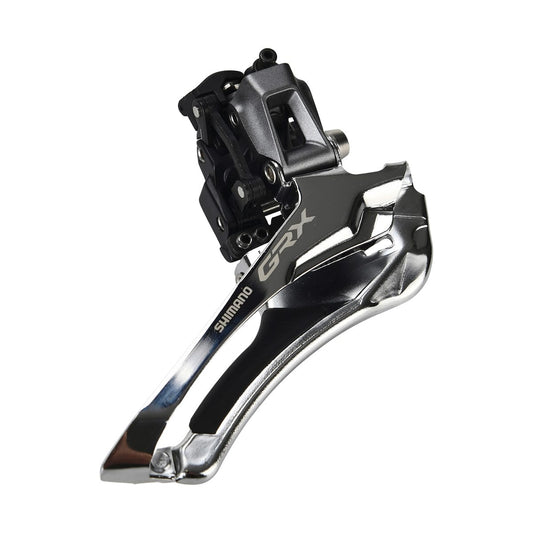
SHIMANO GRX RX810 2x11V Braze-on front derailleur
Regular price 42,99 €Regular priceUnit price per -
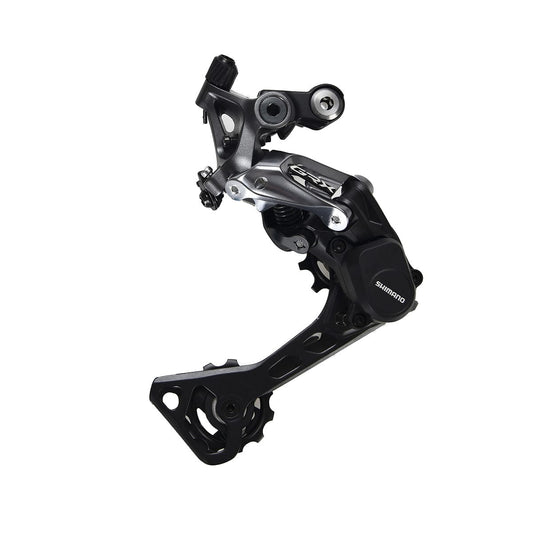
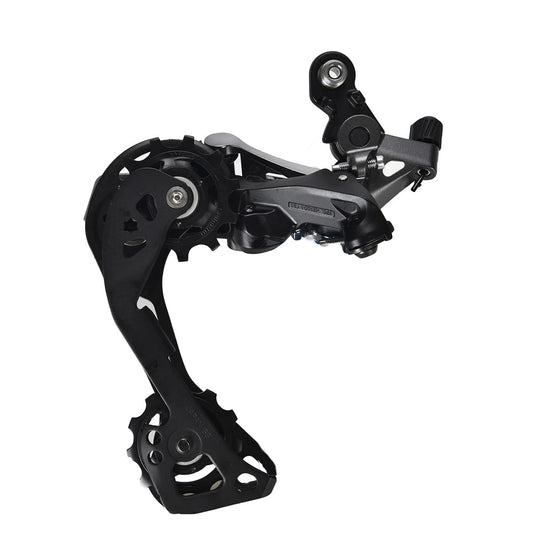
SHIMANO GRX RX812 11V rear derailleur
Regular price 99,99 €Regular priceUnit price per -
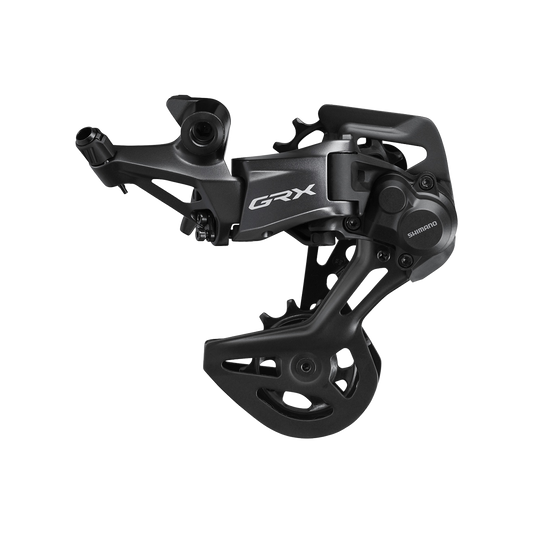
SHIMANO GRX RX822 GS 12 Speed Rear Derailleur Medium Cage
Regular price 69,90 €Regular priceUnit price per -
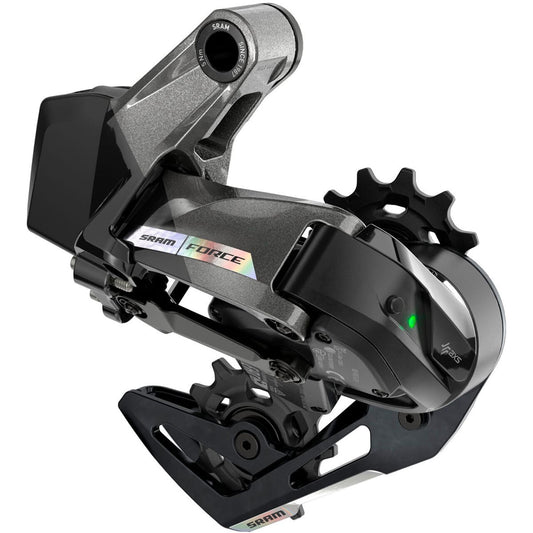
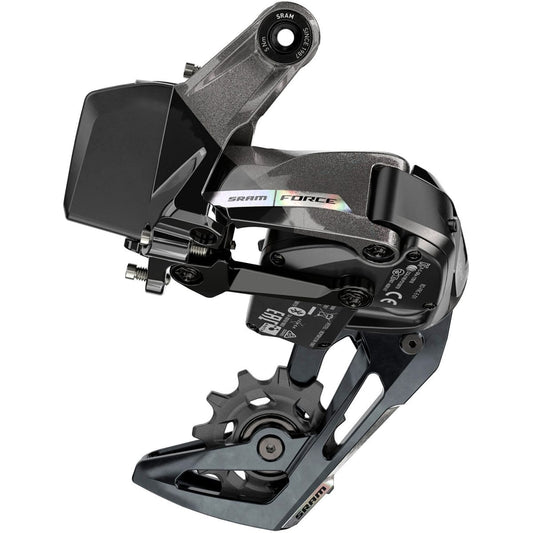
SRAM FORCE XPLR AXS 12V rear derailleur
Regular price 279,90 €Regular priceUnit price per











